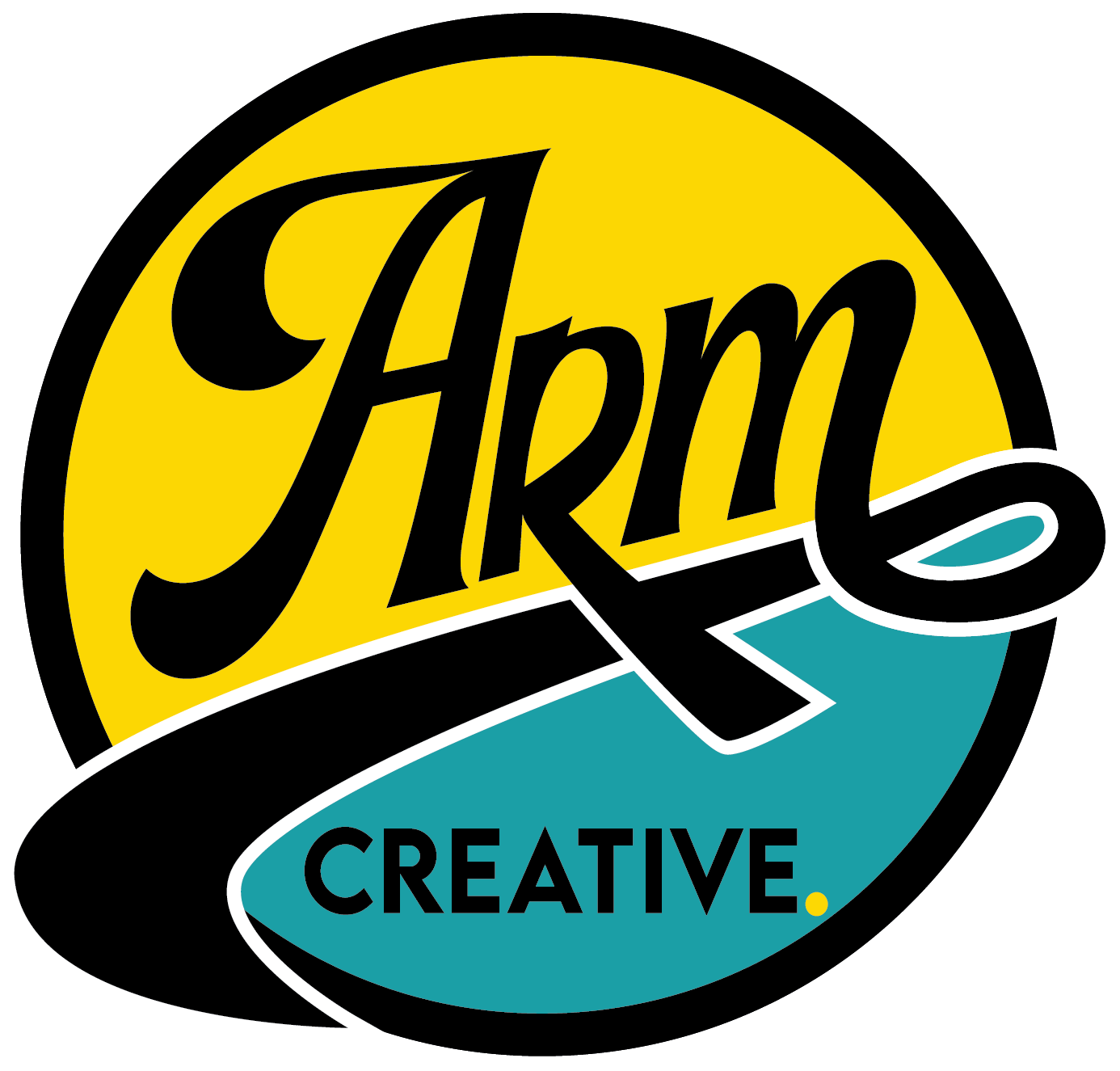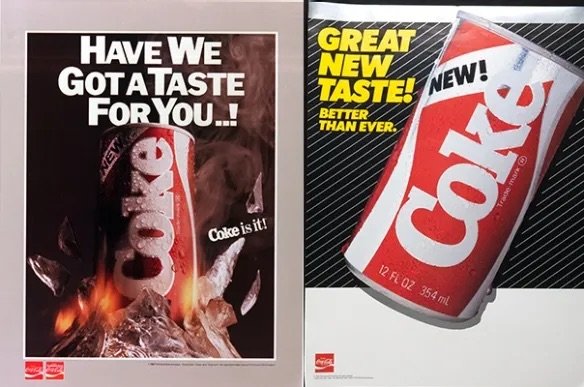The Biggest Marketing “Fails” and What We Can Takeaway
In our line of work, we’ve seen some great campaigns, some bad campaigns, and some downright terrible campaigns that are simply marketing “fails”. While the teams working on these campaigns are no doubt made up of experienced professionals—sometimes things just get missed. We’re highlighting campaigns that had the opposite effect of the desired outcome in the hope of preventing more of these mishaps in the future. After all, it’s not a total loss if you learn something in the process, right? Let’s dive in.
Source: Coca-Cola Company
New Coke from Coca-Cola (1985)
This campaign from 1985 is an oldie but a goodie. Coca-Cola decided to change its formula and launched a campaign introducing New Coke. One major part that was forgotten was the consumers' intense love for the current, classic Coke. The excitement for this change fell flat. Just months after the release, the original Coke was back.
The takeaway? When it comes to changing such a loved product, take caution. Innovation and change is great when it is done right. It’s important to do the necessary market research before conducting a campaign launch.
Pepsi’s “Drink Pepsi, Get Stuff” (1996)
In 1996, Pepsi launched a bold promotional campaign, “Drink Pepsi, Get Stuff.” The concept was simple: customers would get rewarded with Pepsi Points in exchange for buying Pepsi. They could then redeem the points to shop items from a catalog. Seems great, right? Well, the campaign took a turn when Pepsi aired a commercial depicting a teenager redeeming his points for a fighter jet. One customer took this to heart and took Pepsi to court to try and receive his “promised” jet. There was even a documentary made about it called, “Pepsi, Where’s My Jet”, that you can watch on Netflix.
While the idea of rewarding customers for their purchases and loyalty is something we like, it’s important to give customers realistic expectations. Make sure that your language is stated clearly and include any necessary fine print. This will prevent any miscommunication and possible legal trouble. And, maybe don’t offer up a fighter jet?
Pepsi “Live for Now” (2017)
Pepsi's “Live For Now” advertisement features Kendall Jenner attempting to bring peace between police and protesters, through, yes, Pepsi. This ad completely backfired and came off as tone-deaf, downplaying major issues and social activism.
The failure here is the lack of sensitivity to such topics. When touching issues like this, it should be dealt with genuinely, not played up for the media. Conducting diversity and inclusion training is important and you should consider all perspectives and account for any sensitivities.
Burger King’s “Moldy Whopper” (2020)
Burger King’s “Moldy Whopper” campaign came with good intentions, as most of these campaigns do. Burger King wanted to highlight the Whopper’s natural and fresh ingredients. Only natural ingredients would mold like this! It may have shown its lack of artificial preservatives, but the mold time lapse led people to be disgusted.
While transparency is important, Burger King took the wrong route, making the product look unappetizing. Assure that no matter what, the product or service should always be shown in the best light possible. Again, testing the reactions of a smaller group of people is always a good idea to receive insight before releasing it to the public.
Source: USA Today
Burger King’s “Women Belong in the Kitchen” (2021)
Burger King is at it again. In 2021, Burger King attempted to celebrate International Women’s Day with a tweet saying, “Women belong in the kitchen.” This was meant to highlight the gender gap in the culinary world. Instead, the message got lost and it sparked extreme backlash—for obvious reasons.
This marketing “fail” emphasizes the importance of clear communication and understanding any and all potential risks. It’s another great example of the importance of understanding social stereotypes. A risk analysis should be looked at to foresee any potential risks or controversies.
•••
From Burger King’s well-intentioned “Moldy Whopper” ad to Coca-Cola’s New Coke misstep, each “fail” teaches us valuable lessons and reminds us of the importance of understanding our audience, our tone and language, and our implications. While working on your next campaign, remember to do your research, be authentic, approach sensitive topics with caution, and get feedback from a variety of stakeholders before it launches. By learning from these “fails,” we hope you can steer clear of these marketing blunders.
We’re not just here to point out what not to do, we’re here to help. Schedule a call with us today to explore how we can help your brand.


